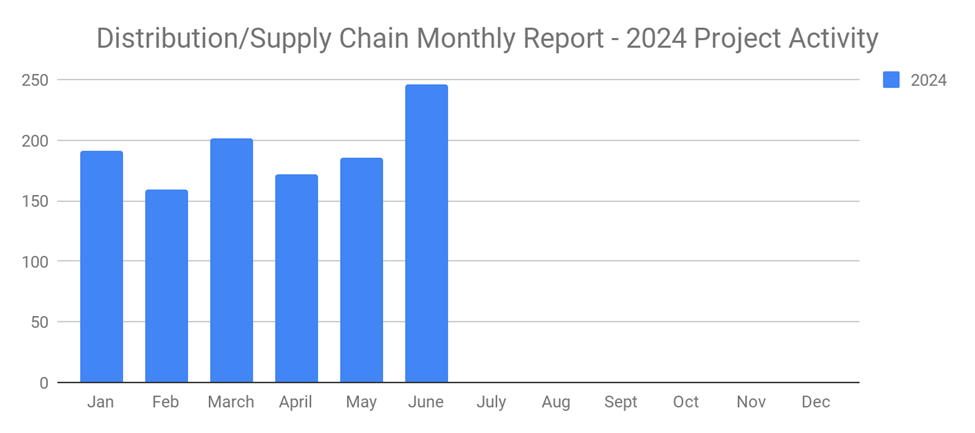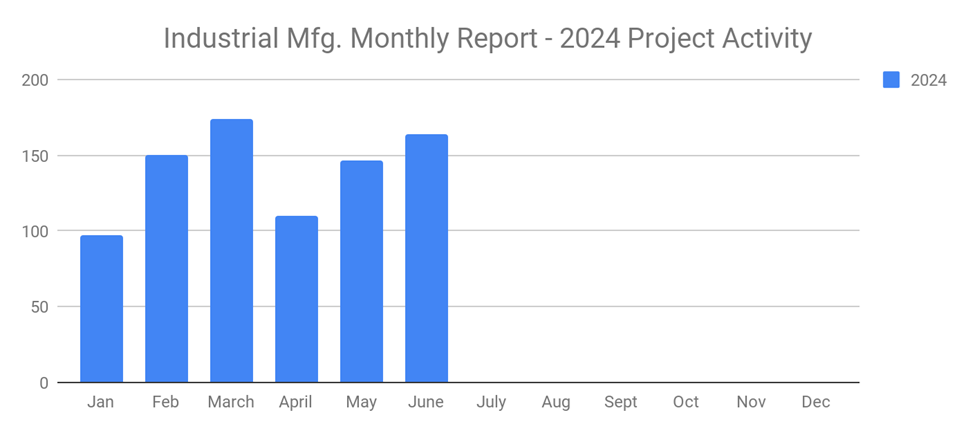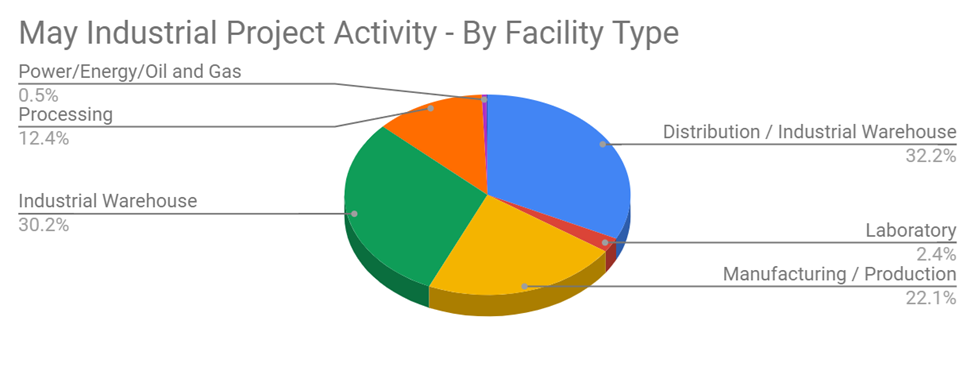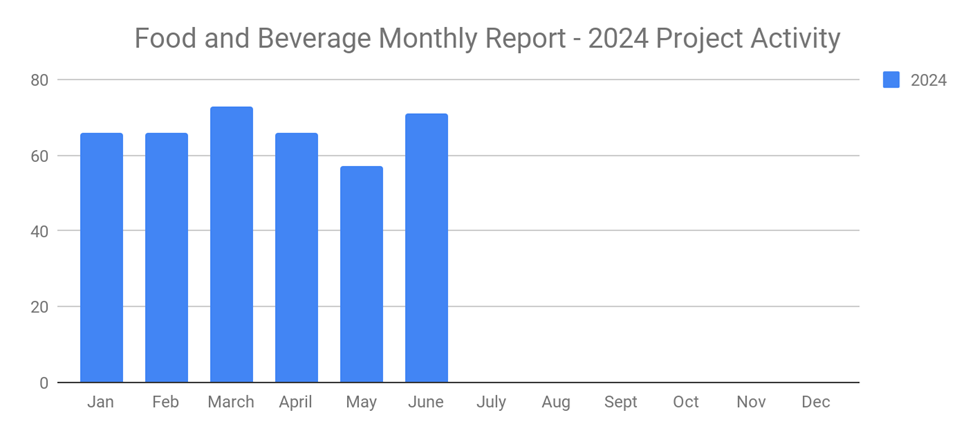-
Posted On Friday, May 24, 2019 by Evan Lamolinara

B2B Sales leads are essential to your company's success. They provide sales reps with prospective customers whom they can target with their sales messages. But it's not just the quantity of B2B sales leads your company generates that matters. Lead quality is equally if not more important than sales lead volume. If a B2B sales lead is low quality and not worth pursuing, you should disqualify it. In this blog post, you'll learn more about sales lead disqualification and when exactly you should disqualify a sales lead.
Duplicate
When you come across the same sales lead listed multiple times in your B2B company's sales lead tracking database, you should disqualify all but one. Allowing duplicate sales leads to remain in your database could result in sales reps calling or contacting the same prospective customer with the same message multiple times. Not only will this consume valuable time and resources, but it may discourage the sales lead from making a purchase.
Old/Stale
Old or stale sales leads should also be disqualified. This doesn't necessarily mean that you should disqualify sales leads over a month old. Statistics show the average lead-to-conversion cycle among B2B companies is approximately 84 days. Therefore, it could take several months for a sales rep to convince a sales lead to make a purchase. But if it's been over six months -- and the lead has shown little or no interest in making a purchase -- you may want to disqualify the lead.
One way to keep working on sales leads that are active today is with SalesLeads' Project Reports. The Project Reports are identified projects that need your product and service today. Again, you may not reach them on the first attempt, but our researchers have uncovered the opportunity and is ready for you to contact.
No Purchasing Authority
Another instance in which you should disqualify B2B sales leads is when they don't have purchasing authority. Not every prospective customer who provides your company with his or her contact information has the authority to make purchases on behalf of their company. It's usually the higher-level executives who have purchasing authority. Mark the B2B sales lead as no purchasing authority, but find out if they could be the recommender.
Consider doing a little research to see if you can find an employee or executive at the sales lead's company who does have purchasing authority. Your reps can take up a lot of time by looking them up on LinkedIn, which may or may not be accurate, or you can use SalesLeads' Target Account Sales Intelligence database and review and choose the right contact especially for your industry. All you need to do is enter in the company name and all of the contacts for that company are listed. Then review the titles. If you have the maintenance managers name, you can choose the VP of Facilities, or the Plant Manager or the VP of Operations. You'll receive the person's name, title, email address and phone number. Now the sales lead can be worked on again.
Unreachable
Unreachable sales leads should also be disqualified. Keep in mind that you won't always reach a sales lead on your first attempt. According to Spotio, it took an average of 3.68 phone calls to reach a sales lead in 2007. Today, however, it takes almost 18 phone calls. Whether you attempt to contact sales leads by phone, email, text message, direct mail or a combination thereof, you shouldn't give up after the first or third attempt. But if you've exhausted all resources while attempting to reach the B2B sales lead to no avail, you should bite the bullet and mark the lead as disqualified.
No Solution
If your company doesn't offer a product or service that can "solve" the B2B sales lead's problem, you should probably disqualify him or her. A successful sales process requires providing a sales lead with a solution to his or her problem.
Outside Your B2B Company's Market
B2B sales leads located outside your company's market should be disqualified. If your company only sells to buyers within your state and a B2B sales lead is located in a different state, for instance, you should disqualify that lead. Even if you offer a compelling sales pitch, you won't be able to convert the sales lead into a buyer if he or she is located outside your B2B company's market. As a result, the sales lead should be disqualified.
Chosen a Competitor's Product or Service
If a sales lead has already chosen a competitor's product or service, it's time to disqualify them. Some sales leads will inevitably choose a competitor's product or service to purchase. When this occurs, the sales lead is no longer worth pursuing. Rather, you should disqualify the sales lead while shifting your attention to other, more qualified leads.
While most B2B sales reps recognize the importance of qualifying sales leads, many ignore the value of disqualifying sales leads. By taking the time to disqualify bad sales leads, your B2B company's sales team will convert more prospective customers into paying buyers -- all while requiring less time and fewer resources. Just remember to use caution when disqualifying bad sales leads. If you accidentally disqualify an otherwise good sales lead, it could cost your B2B company a sale.
What to learn more? Get in Touch
Latest Posts
-

New Distribution and Supply Chain Industrial Projects Surge to 246 in June 2024
-

New Industrial Manufacturing Projects Third Month in a Row of Growth with 164 New Projects for June 2024
-

Planned Industrial Construction Projects Continue Strong in June 2024 with 496 New Projects
-

New Food and Beverage Planned Projects with Stellar Growth in June 2024 with 71 New Projects
